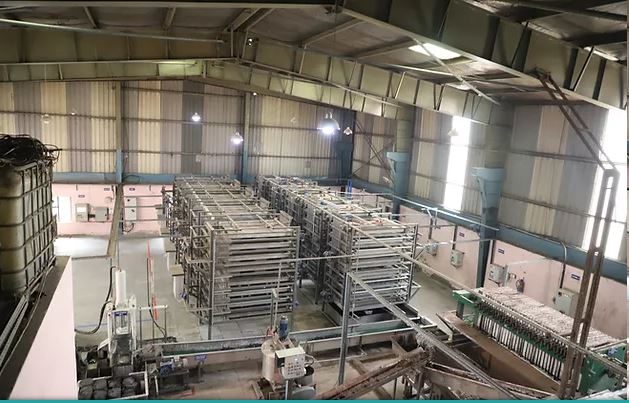Location
1120 Holland Drive #13 Boca Raton, FL 33487
Contact info
info@sustainableitad.com
(561) 591-3476
Location
1120 Holland Drive #13 Boca Raton, FL 33487
Contact info
info@sustainableitad.com
(561) 591-3476
The typical American household boasts nearly 30 electronic gadgets used on a daily basis, ranging from laptops and smartphones to televisions and e-readers. How many electronic devices do you have in your possession? And what becomes of these items when they’re no longer of use or functioning properly? Are they stashed away in closets, basements, garages, or attics, forgotten, or do you ensure they’re recycled responsibly? Worse yet, do they end up in the trash? In this blog we’ll be going through some various recycling metrics.
While efforts to recycle electronic waste (e-waste) have progressed in the past decade, they remain far from perfect. In 2019 alone, the United States generated over 6.9 million tons of e-waste, yet a mere 15% of it was recycled, with the majority ending up in landfills. The repercussions for the environment are dire.
E-waste encompasses more than just glass and plastic; it also comprises metals, some of which pose significant health risks. Copper, aluminum, and even gold are abundant in e-waste, but it also contains metals with potential health implications from chronic exposure:
While most individuals may not be directly exposed to these metals in large quantities, their leaching into groundwater could pose a significant threat in the future.
A poignant example of the consequences of mishandling e-waste is evident in a battery recycling plant in California. Operating from the 1970s until 2015, the plant released substantial amounts of arsenic and lead dust, resulting in contamination of the air, soil, and water in neighboring communities. Over 10,000 homes and schools were affected, with children showing excessively high lead levels in their baby teeth. California alone has spent over $336 million on cleanup efforts, with similar issues identified in other states.

Various metrics gauge the effectiveness of e-waste recycling:
Additionally, the environmental impact of recycling, including water usage and greenhouse gas emissions, must be considered. While e-waste recycling is crucial, measures must be taken to mitigate its adverse environmental effects.
Companies employ e-waste recycling metrics to enhance their environmental stewardship:
Despite these efforts, individuals should avoid unnecessary electronic upgrades and prioritize quality, long-lasting products supported by extended software updates. Simplifying the recycling process is crucial, and partnerships with responsible e-waste recyclers, such as Sustainable ITAD, are imperative.
Sustainable ITAD ensures ethical e-waste recycling practices, with facilities across the U.S. undergoing rigorous inspections to maintain certifications and uphold environmental standards. By partnering with responsible recyclers, organizations can contribute to a sustainable future and prevent e-waste from polluting landfills and harming the environment.
If you have E-Waste that needs to be recycled, contact Sustainable ITAD below: